Programming a Microcomputer 6502, by Caxton C. Forster, scanned and added to the KIM-1 Articles and Books page for download.
Enjoy!
About small SBC systems
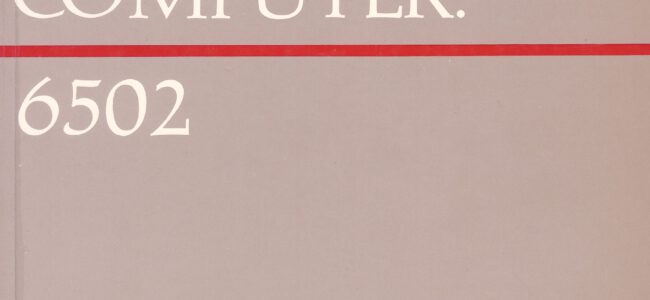
Programming a Microcomputer 6502, by Caxton C. Forster, scanned and added to the KIM-1 Articles and Books page for download.
Enjoy!
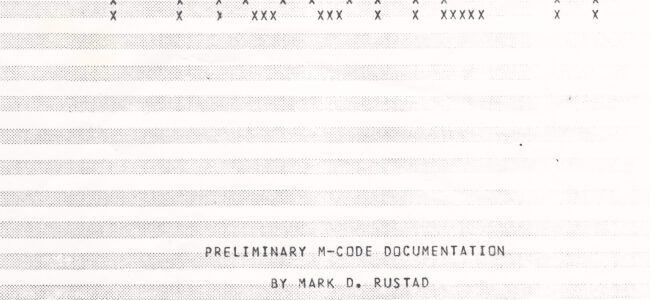
Finally the KIM-1 Pascal-M compiler is available.
After years of (I admit, intermittent) restauration work from paper, the whole package is available again to load on the KIM-1, now including a cross compiler.
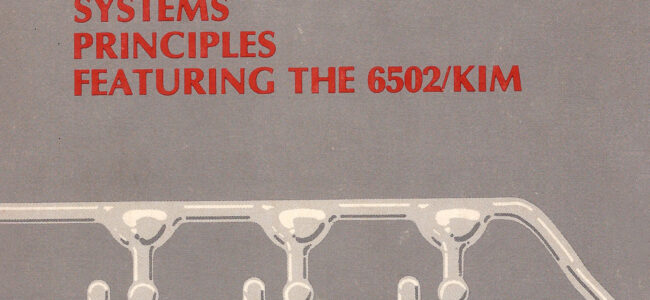
Added the ‘user guide’ chapters from the book ‘Microcomputer Principles Featuring the 6502/KIM-1′ as KIM-1 User guide.
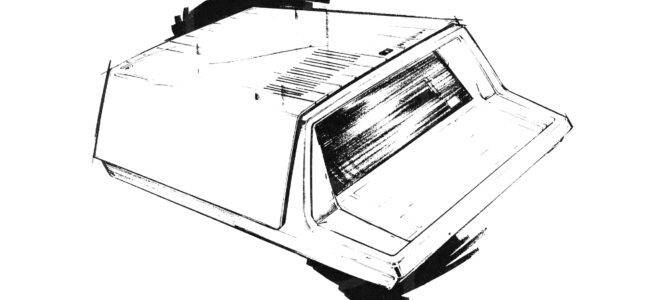
The KIM-1 is the best known development system by MOS Technology.
But a more advanced, more expensive ($3950) system, quite rare now, is the MDT 650.
Here I present you the MOS Technology brochure, an article in the Microcomputer Digest and a userguide as published in the book Microcomputer Systems Principles featuring the 6502 KIM.

The KIM-1 is the best known development system by MOS Technology.
But a more advanced, more expensive ($3950) system, quite rare now, is the MDT 650 (microcomputer development terminal for 650x).
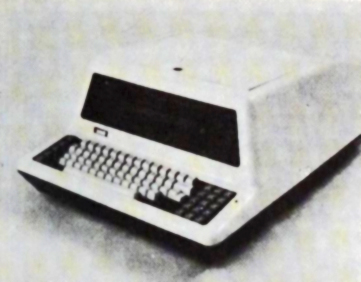
John Faegens wrote:
Compas developed the software for the MDT-650 and Larry Hittel, at his company Comlog in Phoenix designed the hardware. The MDT was a dual 6502 processor development terminal with ICE capability for the 2nd processor and built-in editor and native 6502 assembler on the 1st processor. The native 6502 assembler produced by hand compiling the FORTRAN to 6502 assembly language, assembled on the FORTRAN version and burned into EPROM for the MDT.
Norm Farrington, another ISU grad student founded Compas in 1972. In Norms words here is how they became associated with MOS Technology. “Through a contact at ISU (Dr. Roger Camp) Mike and I were introduced to Chuck Peddle who had recently left Motorola and was involved with John Pavinen of MOS Technology in King of Prussia or Valley Forge, PA to produce the first commercial microcomputer chip that sold for a “reasonable” price, the 6501. Mike and I flew to PA and, long story short, COMPAS was chosen by MOS Technology to support the effort from the software side, starting with producing a cross-assembler for the chip.”
Steve Christiansen, an EE grad student and me, a CS grad student, were hired by Compas to port the cross assembler from FORTRAN and 6502 assembler to PDP-11 assembler for their MinMac development system. We created a virtual 6502 in PDP-11 registers and hand transcoded. Probably should have used a macro assembler but it got the job done. The source code was crazy because it retained the original FORTRAN line numbers as labels in the assembler version! It was a useful exercise to familiarize with the assembler and it aided in the port to PET and C64 later.
Now, I started working at Commodore and here is the MDT again. Storage on 8-inch floppies this time and a TI Silent 700 terminal with dual tape drives for storage too. The terminal had an acoustic coupled modem and within days of starting at Commodore in May 1977 I was in communication with Rick Weiland and Bill Gates in Albuquerque to spend an hour downloading the latest release of Microsoft BASIC at 300 baud. The form of the download was hex ascii with length, load address, and checksum on records of about 32 bytes.
The MDT had a ROM burner so once loaded into memory, we made 2716 EPROMs of the operating system and BASIC for the PET.
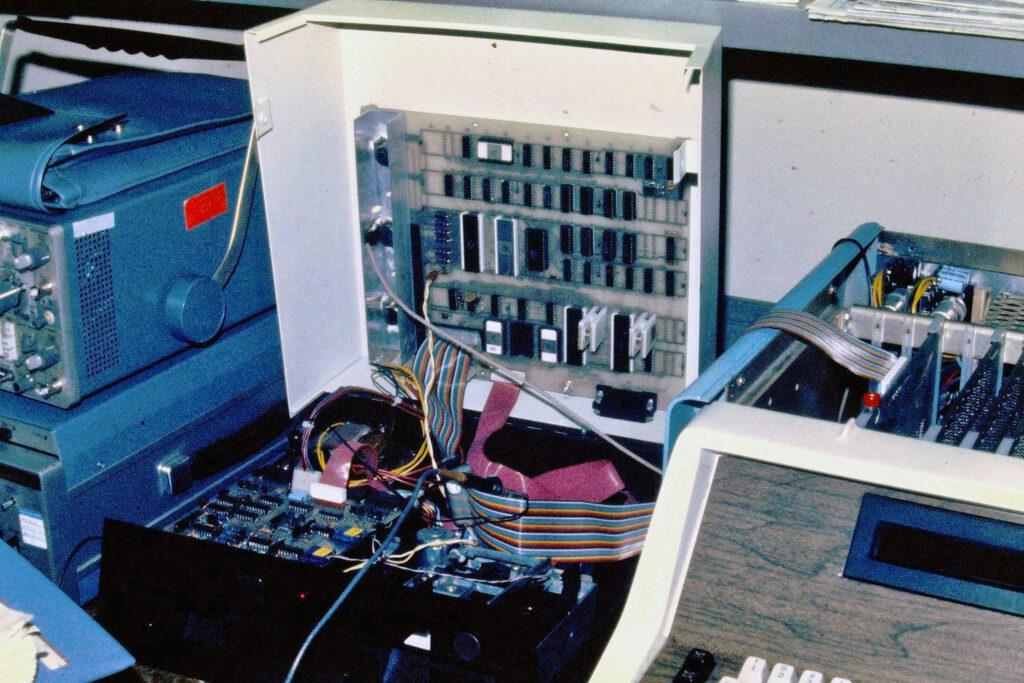
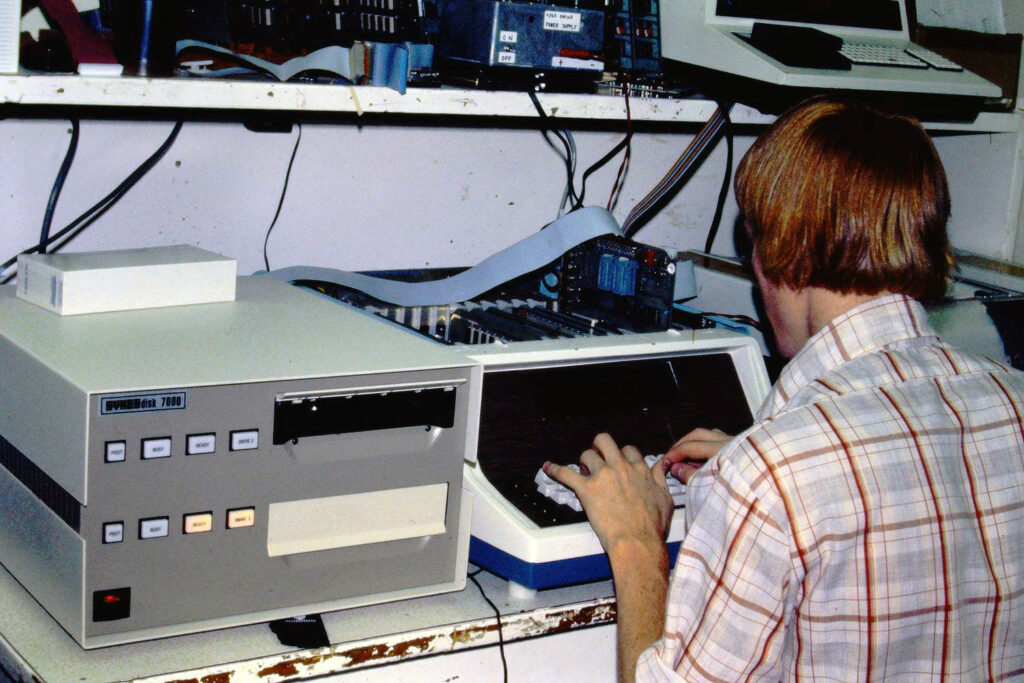
Using the MDT 650 to develop the 2040 disk drive. In the summer of 1978 we had acquired a Sykes 7000 dual 8 inch floppy drive and were saving our files on disk rather than the TI Silent 700. Glen Stark is using the MDT to debug his controller code.
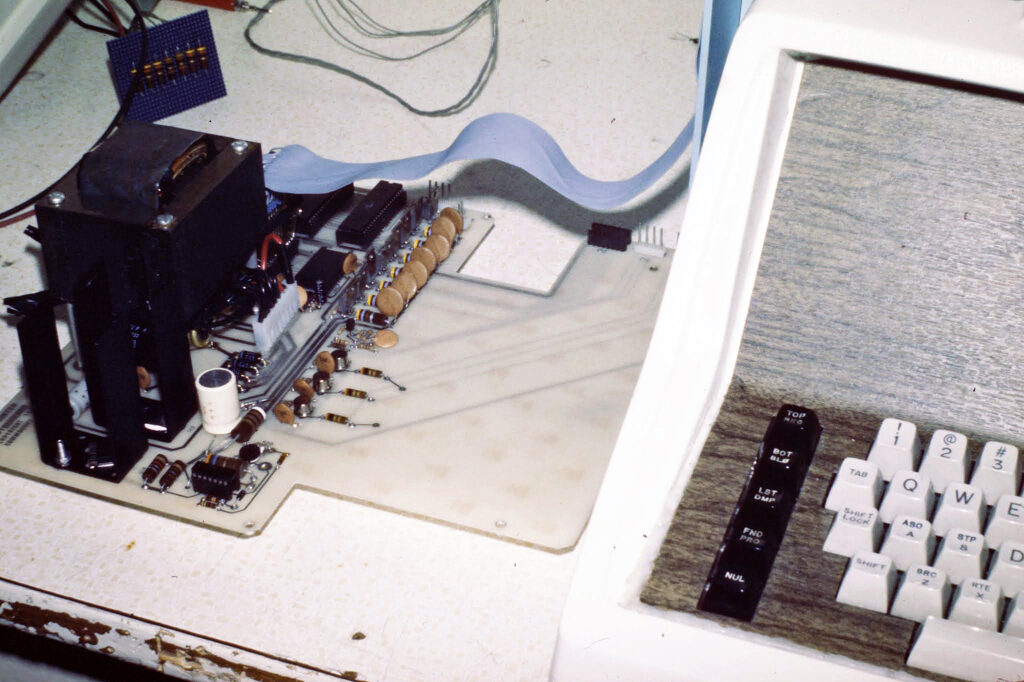
MDT 650 connected ICE to 2020 printer board in development
Here I present you the MOS Technology brochure, an article in the Microcomputer Digest and a userguide as published in the book Microcomputer Systems Principles featuring the 6502 KIM.
Software for the MDT 6502 was developed by Computer Applications Corporation, COMPAS.
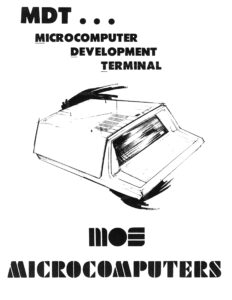 |
User guide and brochure MDT 650 MOS Technology User guide and brochure MDT 650 MOS Technology, alternative version |
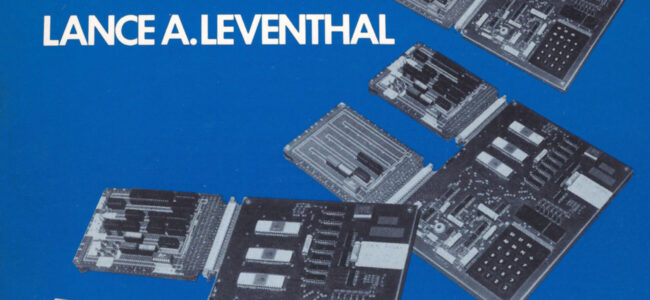

Another book scanned:
Microcomputer Experimenting with the MOS Technology KIM-1 by Lance Leventhal.

Motivated by Jeffrey Brace of VCF I have scanned and published Microcomputer Systems Principles featuring the 6502 KIM, Authors Camp, Smay and Triska
Introduction to KIM-1 programming, 6502, and also 6800 and 8080.
Microcomputer Systems Principles featuring the 6502 KIM, Camp, Smay and Triska
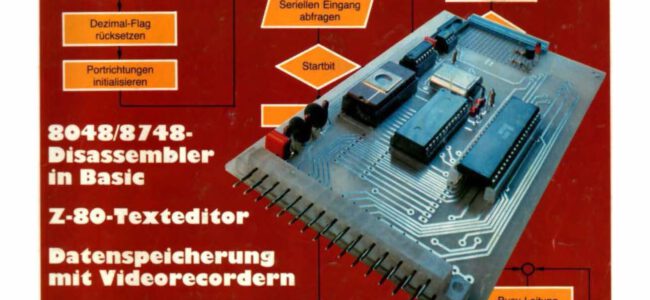
Four 65XX and one Z80 SBCs, the EMUF series of the german magazine MC Die Mikrocomputer-Zeitschrift.
The EMUF pages are a tribute to the work of the editing staff of MC Die Mikrocomputer-Zeitschrift on SBC’s.
EMUF stands for Einplatinen-Mikrocomputer für Universelle Festprogrammierung, Single-board microcomputer for universal but fixed applications.
EMUFs SBC’s are programmable systems, without a monitor program: write a program and store it in an EPROM and run the application type of system. A bit like the modern microcontrollers like the PIC and AVR IC’s and also a bit like the Arduino’s. But with the technology of the 80ties: 8 bit CPU’s like the 65XX and Z80, I/O IC and EPROM and some RAM.
The first EMUF was published in 1981 in the second edition of the magazine. Often used with just the name EMUF. It could better be called the 6504-EMUF, since the CPU is the MOS 6504, a stripped version of the 6502.
In the years 1981 – 1986 several small SBCs were presented, EMUF-232, 6502-EMUF, Z80-EMUF.
A special one is the MC-65, a AIM 65 compatible 65C02 based SBC, able to runt eh AIM 65 ROMs.
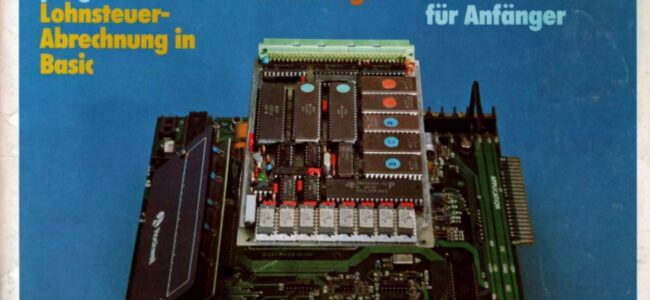
An AIM65 compatible 65C02 CPU based computer, the MC-65. With a 6532, 6522, terminal I/O, cassette interface, and in theory possible to run the original AIM 65 ROMs.
For AIM 65 ROMS and manuals, see the AIM 65 pages!
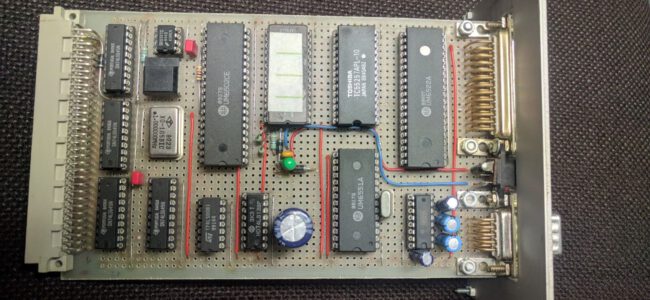
Published in MC 1982 issue 2 the 6502-EMUF is a 6502 CPU based SBC. More modern with 6522 as I/O.